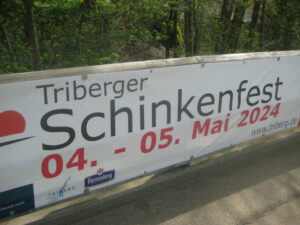Implementing decoders in NihAV goes slowly since ARMovie essentially stores track data all clumped together and requires a packetiser to split it into video frames. Of course it can always get worse: Actimagine VX stored audio data right after video frame data without storing video part size so you can decode audio only after you’ve decoded video part of the frame. Anyway, I’ve managed to hack a demuxer and even a working Moving Lines decoder. Before tidying it all up and implementing other decoders, I want to give an overview of other Acorn video codecs.
Surprisingly enough, Moving Blocks has some documentation (from the authoritative source nonetheless!). Of course it contains some minor mistakes, mostly some values in motion vectors table (some values have their minus sign forgotten and the order or some values for spacial copy vectors is wrong).
For those who’re simultaneously too lazy to read the description and curious enough to know how the codec functions, it’s simple: frames are split into 4×4 blocks, each block has a variable-length code for its coding mode—raw data (subsampled YUV apparently), motion compensated block (with a variable-length motion vector pointing to a previous frame or an already decoded part of the current frame) or split into 2×2 blocks with either raw or motion-compensated mode.
But that’s not all, the codec got development as Moving Blocks HQ. I have not fully analysed it yet but the main changes that now motion vector table is four times larger and includes extended range motion vectors, there’s no longer raw mode for 4×4 blocks (it got replaced with a dedicated skip mode) and raw 2×2 blocks use static Huffman coding (or at least it looks like that; also maybe it uses delta coding but I’m really unsure about that).
And of course they did not stop on that and created Super Moving Blocks. From what I can see it has a larger Huffman codebook plus slightly different modes (like skip modes for 2×2 blocks). I was unable to locate samples for it so it’s a theoretical exercise.
Apparently there was also yet another attempt called Moving Blocks Beta but since I could not find a decoder for it, we can only speculate what changes it had.
At least there will be something to document on The Wiki when I’m done with all this.
Update: now as I have a working decoder, I can say that I was wrong about some things in Moving Blocks. The specification is correct except for some motion values. As for the later revisions of the codec, I’ll postpone them as REing them will involve manual decompilation. Luckily for me there are more codecs to look at.
